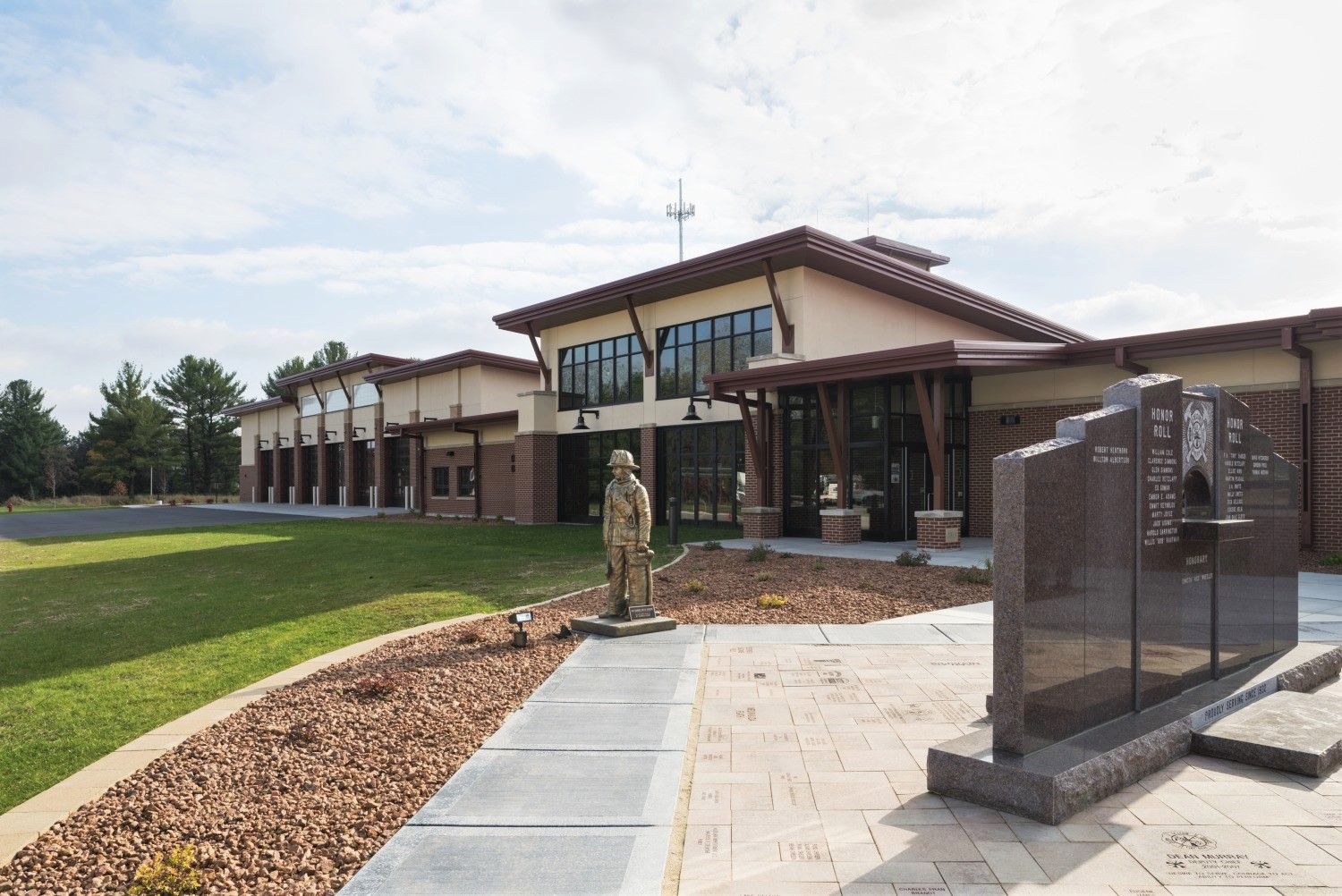Fire departments of the 1600s and 1700s were run by lucrative property insurance companies who would only come to the rescue of homeowners or businesses that paid for their services and displayed the company fire mark on the exterior of their building. Things began to change in the 19th century, when the commonly uninsured began demanding a more centralized and impartial system. Thus began the rise of public municipal fire departments, which provided this civil service to the public in order to preserve life and promote health and safety — for all.
Today, public safety organizations such as fire, police departments and Emergency Medical Services (EMS) are all civil servants. These vital networks of administrative, service, training and operations personnel are generally hired by elected officials and empowered — and expected — to protect the citizenry and the greater public good. Often, putting their own lives on the line to do so.
Yet, a public safety program requires more than just staffing. There are many areas of infrastructure, equipment, training and maintenance that contribute to being able to provide a community with comprehensive aid. Fire, police and EMS stations need buildings and room to accommodate equipment, which often needs updating or replacement. Municipal water systems need to be robust enough to meet the demands of any fire-related emergencies, with water lines and water tank capacity to match. Fire hydrants need to be inspected and maintained, along with related piping, an often time-consuming asset management practice. And, staff needs to be frequently trained and re-certified as well. This investment adds up when you consider that there are approximately 1,216,400 total personnel currently registered with the National Fire Department Registry.
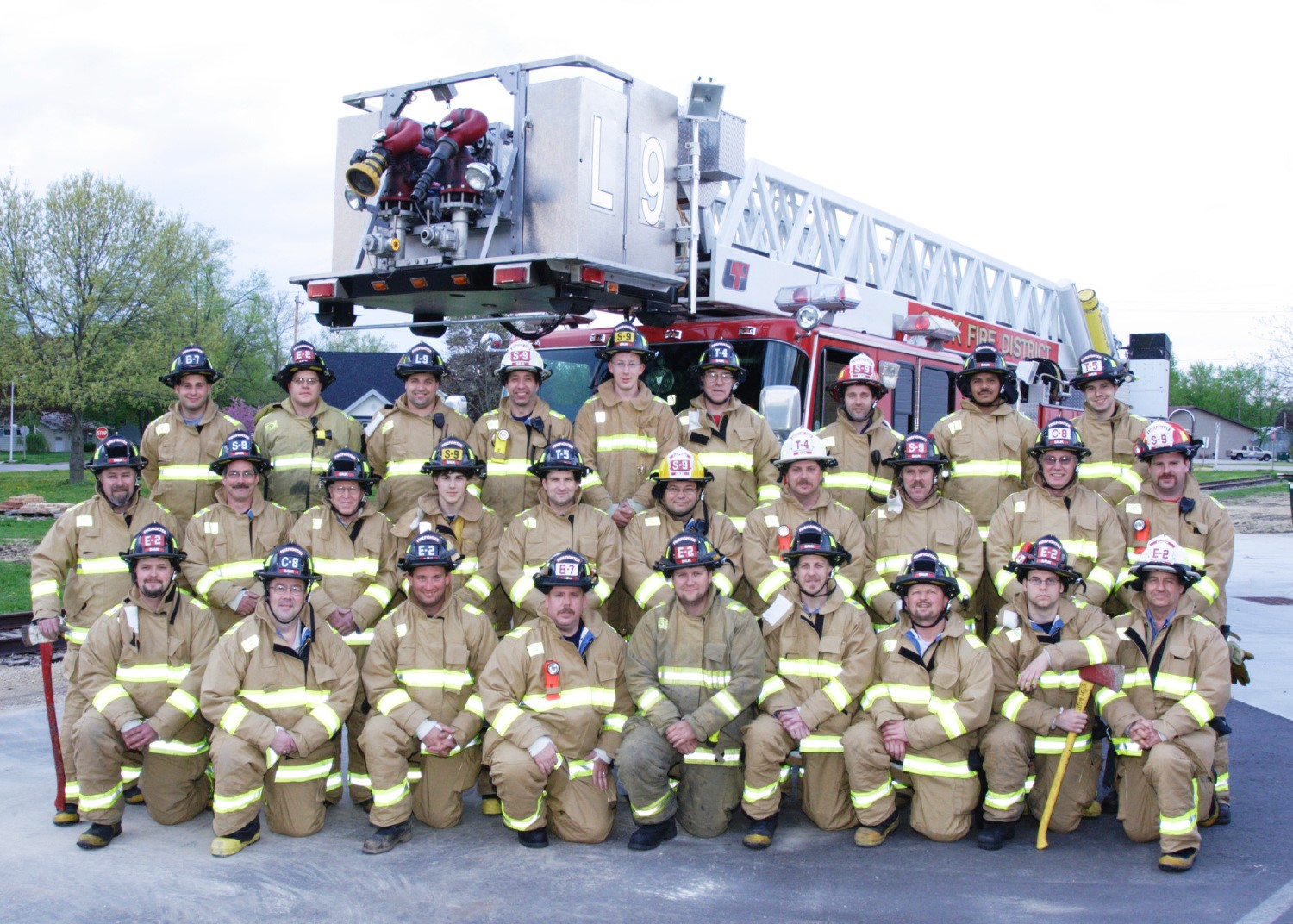
Sauk City, WI firefighters
Outside funding opportunities
Acquiring funding for necessary building, equipment or training needs can be difficult and is tied directly to elected government officials, budgetary restrictions and the priorities and commitments of those who hold office. In addition, the overall cost of public safety is increasing, as is the demand. According to fire statistics published by the National Fire Protection Association, a fire department responds to a fire, on average, every 23 seconds through the United States. In order to secure and sustain the funding for these vital public safety programs, fire departments, police administrators and EMS are needing to seek new revenue streams.
Fortunately, there are federal grant and aid programs available to help.
Community Development Block Grants (CDBG) have been instrumental in helping municipalities secure funding for the purchase of land and the construction of fire, police or EMS stations. CDBG-Public Facilities (CDBG-PF) dollars, specifically, help support infrastructure and facilities projects including improvements, repairs, new builds or expansions of streets, drainage, water systems and buildings such as fire and police stations.
In some states such as Wisconsin and Illinois, however, the CDBG Revolving Loan Fund (RLF) program is coming to an end, resulting is what is being called CDBG-CLOSE. Here, communities have the opportunity to reinvest their existing RLF funds in new, eligible projects. What are those eligible projects? Public infrastructure such as water, sewer, community centers, roads, public facilities, and — as luck would have it — fire/police/EMS stations.
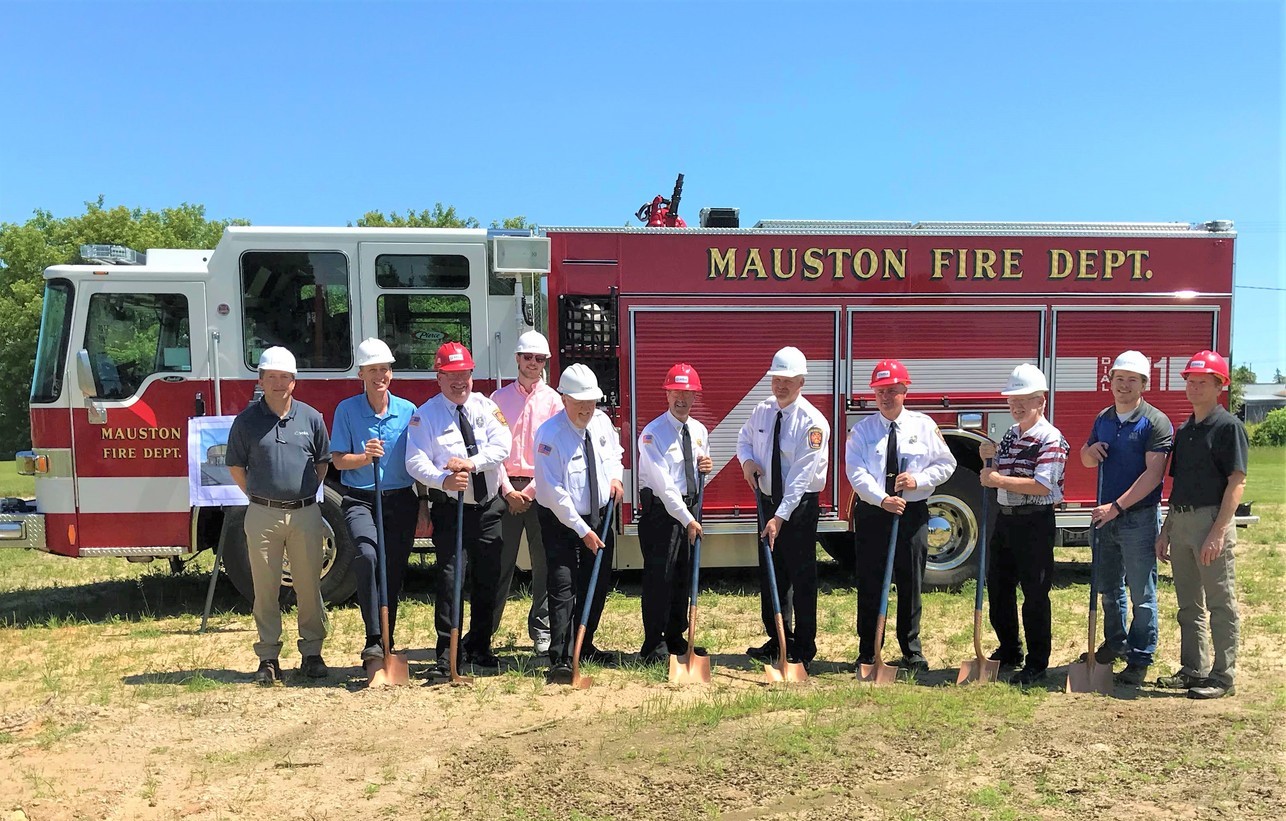
Groundbreaking for the Mauston, WI, fire station – June 5, 2018
The USDA Community Facilities Direct Loan and Grants program is another good source of affordable funding to develop essential community facilities in rural areas. An “essential community facility” is defined as one that provides a critical service to the local community, primarily in a rural area. This does not include private, commercial or business undertakings. For this purpose, rural is defined as cities, villages, townships and towns — including Federally Recognized Tribal Lands — with no more than 20,000 residents. Funds can be used to purchase, construct, and/or improve essential community facilities, purchase equipment and pay for related project expenses. That includes funding for public safety services, departments, and the vehicles and equipment used by those entities.
Assistance to Firefighters Grant Program
The FEMA-administered Assistance to Firefighters Grant (AFG) Program is also providing much needed, much deserved, direct grant assistance to local fire departments and unaffiliated EMS organizations. AFG channels critical funding to a variety of career, volunteer, and paid on-call fire departments serving urban, suburban and rural areas across the nation. There is no set geographical formula for the distribution of AFG fire grants. Fire departments throughout the nation apply, and award decisions are made by a peer panel based on the merits of the application and the needs of the community.
AFG dollars can be used to support three main pillars of safety: the purchase of needed equipment, training for fire department or EMS staff, or for fire prevention/firefighter health and safety projects.
FEMA has announced they will award nearly $345 million through the AFG Program in fiscal year 2020.
The application opening and deadline dates have not yet been announced, but it is anticipated that communities will have approximately 30 days to write and submit documentation supporting their entry. Applicants must obtain and Dun & Bradstreet (DUNS) number prior to applying and must also be registered in the System for Award Management (SAM).
More updates about the AFG application, deadlines, requirements, and how MSA can help with the application process are forthcoming.
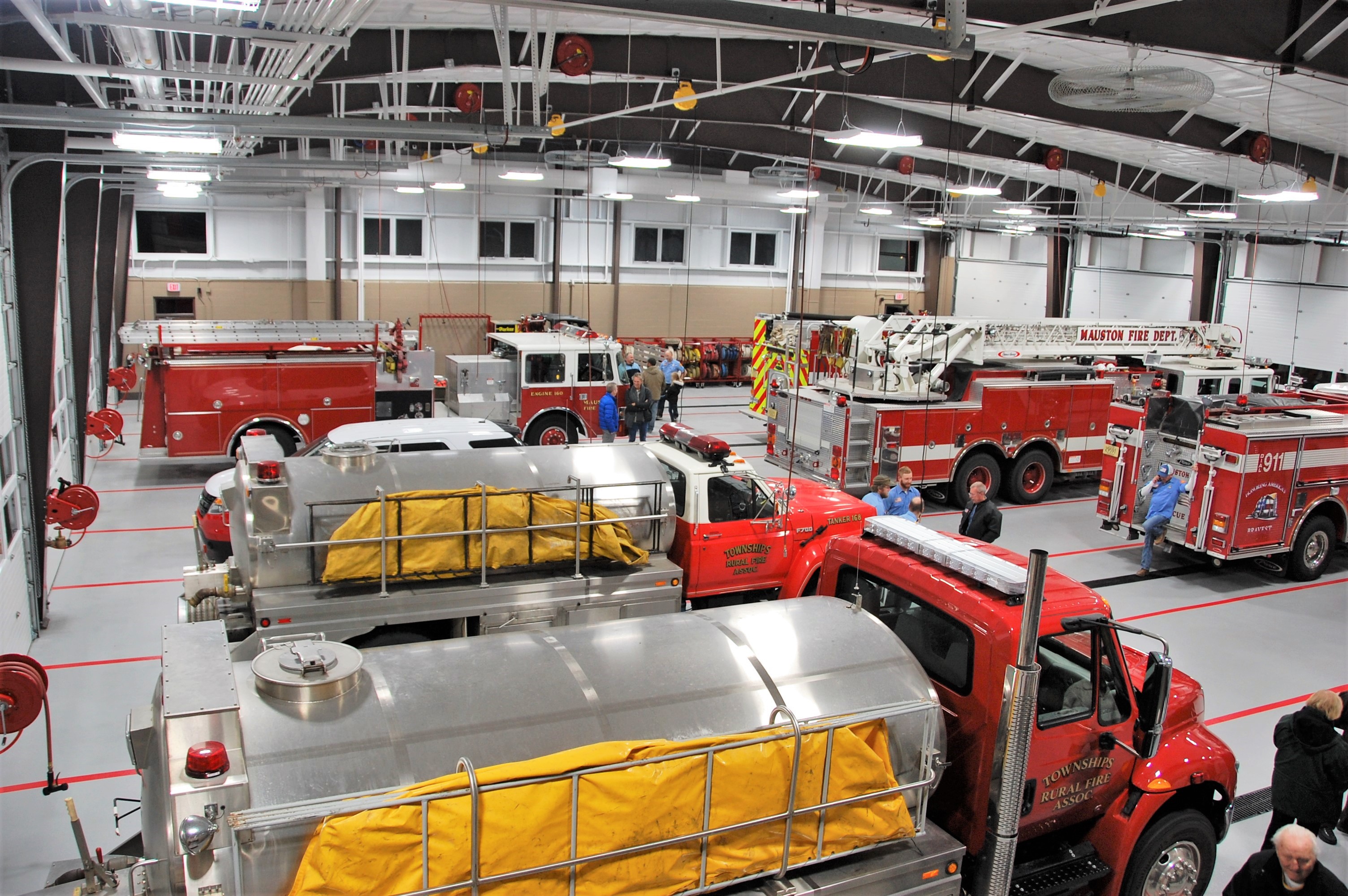
Grand opening of the new Fire Station in Mauston, Wisconsin – November 11, 2019
Comprehensive public safety services
MSA is committed to helping communities become better places to live, work and play. Sometimes this starts at the infrastructural and structural level; sometimes it starts with just getting some money in the bank.
Does your community need a new fire/police/EMS station? Our architectural team has designed new, expanded and replacement buildings of all shapes and sizes, with specialized in-house mechanical, electrical and plumbing (MEP) engineering services to ensure projects work on every level.
Time for an upgrade to your municipal water system? Consider having a water distribution system hydraulic model created. Using CAD-based software, we can create simulations of how a water system functions and accurately assess how infrastructure currently and potentially reacts to changes in population or demand, including fire-related emergencies.
Wondering what the right funding source is for your next community project? Connect with our team of funding experts to help navigate things like eligibility and match requirements, terms and payoff, the appropriate funding source for your project timeline, and how to write a winning grant application.
Connect with us today, and let’s get the conversation started.
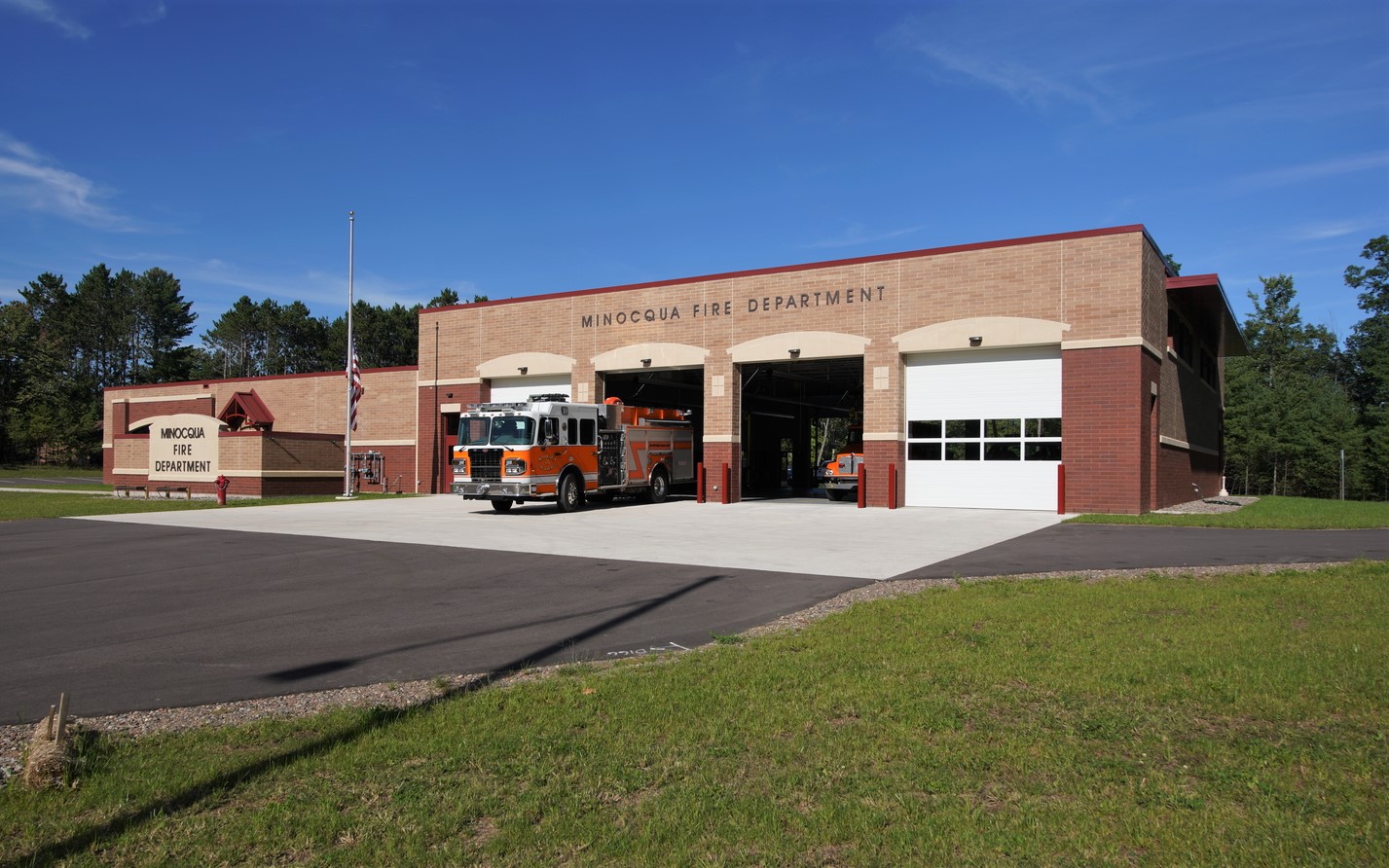
Fire station in Minoqua, WI
